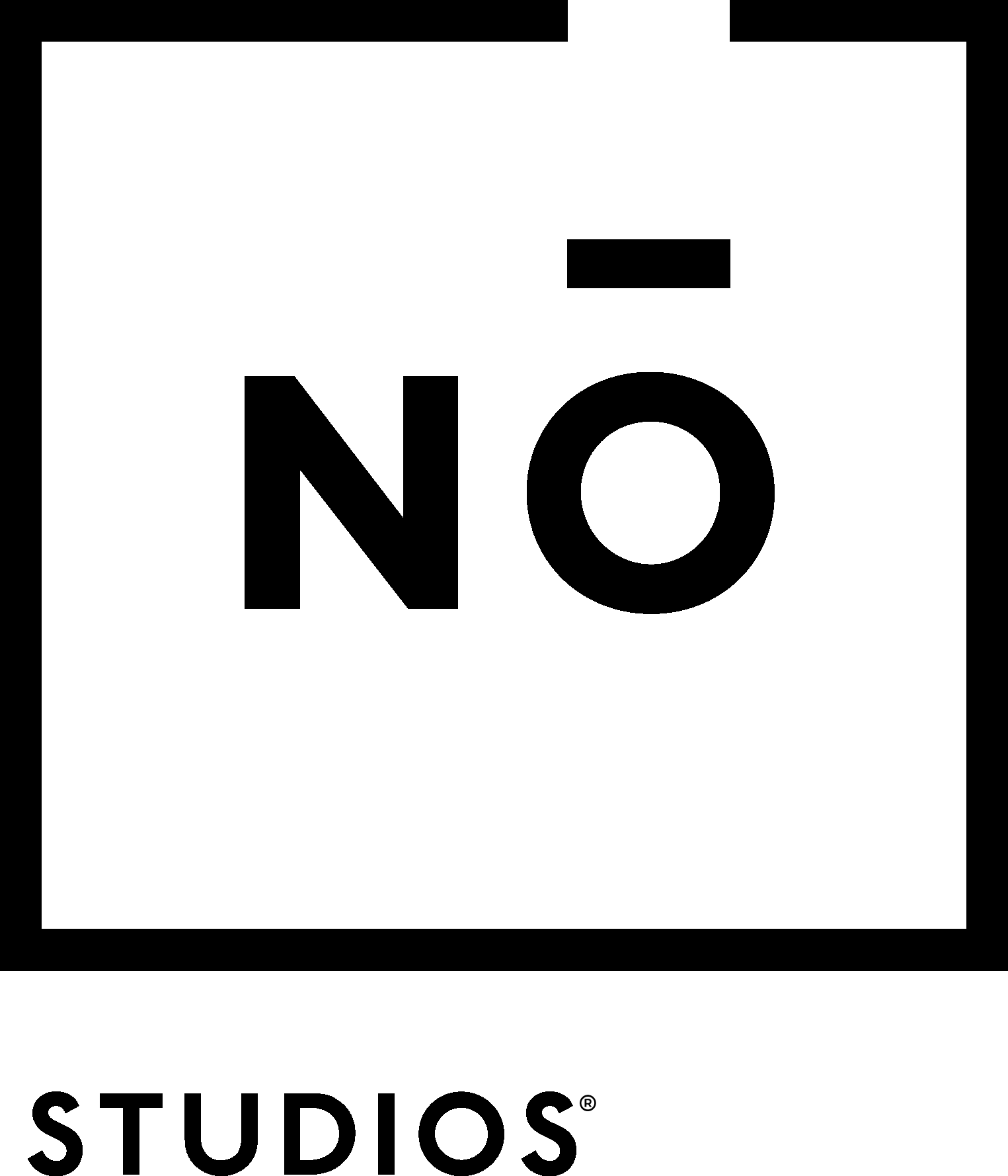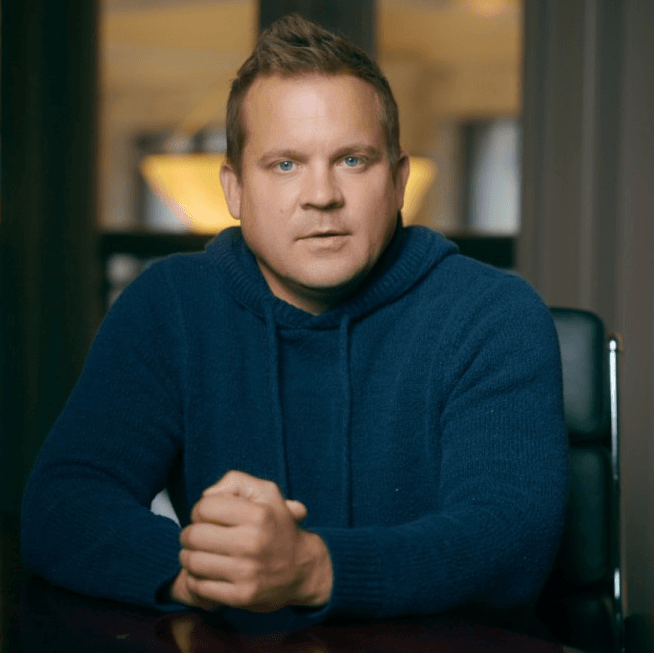In the Nō with Jeremy Fojut of Newaukee
The Urban Spaceship Conference explores the intersection of people and place and does a deep dive on top trends, and future ideas, in urbanism.
This year, the conference will examine the future of cities in a post-pandemic world. The conference focuses on holistic solutions, national trends, best practices, and success stories that lead to action plans and spark ideas in the world of urbanism.
The Urban Spaceship Conference will feature national and local speakers in urban planning, architecture, housing, development, transportation, placemaking, government, economic development, historic preservation, construction, design, sustainability and many more that have implemented practices and tactics in their own communities and across the country.
Here, we asked Jeremy Fojut — Co-founder and Chief Idea Officer of Newaukee — a few questions about the upcoming conference and the impact of urbanism. Join us November 9th in-venue for Urban Spaceship 2021. To register and learn more, click here.
Urban spaceship is described as an “urbanism conference that explores the intersection of people and place.” Before this event I can’t say that I’d ever encountered that word before, how would you define urbanism?
I think it’s the way we interact with the built environment, it’s pretty simple. How people move around cities, how people interact with infrastructure, social infrastructure, all of the things that make cities, and towns — I wouldn't think of urbanism as a big city thing only. Urbanism is kind of a catch all term for policy, transportation, development, and city planning.
There isn’t a social or physical space that has not been drastically changed in the past 18 months. From your perspective, how has this shifted the focus/goals of urbanism? Have there been new things that have come to the forefront for the field?
We realized how important community is, and we realized how city-building has developed to isolate us. I think we realized that we’re more lonely than ever because of the way we’ve designed cities, and I think we’re continually doing that.I mean we’re already in a silent pandemic of 61% of Americans saying they’re lonely or socially isolated; that’s a pretty significant number, and that was pre-pandemic.
So why are we like that? We’re like that because we are now in a car alone more than we ever have been in human history. Instead of having micro-interactions when you walk down the street to your local store or your local services, you’re getting that delivered, or you’re driving to it. We’ve built communities into suburban clusters that aren’t next to anything. And if we keep designing ourselves out of it, if we keep designing people out of cities, we have less interactions. So, what the pandemic hopefully showed us is that we crave human connection, and that we can take how we design for people a lot better.
I think most people —myself included — never give much conscious consideration to how city-planning impacts their lives. Beyond gentrification and red-lining, it isn’t much of a topic in the general cultural consciousness. Why should the average individual be aware of urbanism?
It should be on everybody's radar, because what people don't realize is that the way we invest in the built infrastructure of our city and how we navigate the city is what people come back to as “quality of life”. So when we say something like: “It’s a great place to live, work, and play”, well that might be for you, because you live in a community that has those features and those services, but if we truly want to create a city where more people feel something like that, we have to be really cognizant of how this happens everywhere. The way we build and plan a city really impacts every community, and if we don't have our eye on it then we're going to be super inefficient, and that’s where you’ll see inequities.
I pulled this up on Twitter the other day. You have the Brewery district where Nō Studios is located, and there’s very nice roads, it’s very small and built for people. When you go across the freeway, not even a couple blocks away, to the King park neighborhood — the infrastructure is in disarray. It’s almost a gravel road in some places. The biggest inequity is in how we build our cities, and how we use public powers to do that.
And you’d probably say that goes on to impact many other relationships — is that true?
Yeah, it’s a big part of how you move around a city. Most people don’t actually navigate their city, like some are really curious about it, but most people stay within their 3-5 miles unless they’re commuting to work. What you’re seeing in the world right now, with people leaving their jobs and what people are calling “the great resignation”, it’s because people are sick of the commute. They don't want to have that big commute, but we’ve designed everything to be a commute. I think now people are showing that it doesn't make them happy anymore.
I see a lot of significance of an urbanism conference being hosted by an organization that is based in Milwaukee — a city that was reported as the most segregated in the country in 2019. Is this something of consideration when it comes to structuring the event?
One of the last sessions of the day is “10 Urbansim mistakes that Milwaukee made, and how to fix them”, redlining being one of the most significant. We don’t technically do that anymore — we don’t redline — but we still pay the price. You can see how neighborhoods shift from block to block. The conference used to be the “empty storefronts” conference, but it has shifted to this catchall Urbanism conference as urbansim has become more and more crucial to how we build cities for people.
You can think of Holton avenue like a zipper, and on one side you have this flourishing neighborhood of Riverwest, and on the other side you have this impoverished neighborhood of Harambee. You can see where things have been redlined in the past that still impact us today, so it's a huge issue. We did a topic on that at a previous empty storefronts conference a couple of years ago, but we don’t have a specific topic for this year.
I was surprised to see a discussion centered on art-making in last year’s Urban Spaceship lineup, as it had never occurred to me that there is an intersection between the two. What is the value of art in the worlds of urbanism and placemaking?
I think the best way an artist can participate, or the most common, is beautification through artwork. I think that is stage one. I think the next stage that we haven’t seen yet, or have seen a little bit of — but in Milwaukee we haven't seen any of, is how do we have artists build social furniture? It’s: “how do we have artists build what an intersection would look like?”
We notice that what slows traffic is something that’s eye-catching — it just slows down. So if people slow down in certain areas and their attention is grabbed by something, it’s safer for everyone else. Art plays a big role in how people navigate cities and I think we’ve only just touched the surface. A lot of it is murals, which are this beautification effort, but we can go so much deeper if you can pair an artist with an architect with a city planner, and have that perspective of building cities through an artist's eye; the perspective that most engineers probably don't think about.
Specifically on this point of social isolation, I know that’s obviously a huge problem to try to address, but what might be the first thing you think we could do to address that silent pandemic, as you called it?
The new movement is 15-minute cities, so everything should be within 15 minutes of your community for services. If you look across Milwaukee, that is few and far between. If you’ve ever looked at the city from a pure neighborhood standpoint of traffic speed and how we’ve built it, we’ve actually built the city to pass through as quickly as possible — but not to experience it. You can see the areas where we’ve actually made some significant improvements in building it for people. You think of the Third Ward, you think of where Nō Studios is in the Brewery district, and the environment is different. What do you get when you see places built for people? You see more development, more people, more services, and it grows. Think about the difference in the south side of Milwaukee and how small the streets are, and then you think about the north side where you have Silver Spring, Teutonia, Hampton — everything is designed to get you through the neighborhood quickly. When you do that, you actually don’t build a community, you build a freeway.
So, the best thing we can do is that when we have the opportunity to re-do a street, it’s that people come first and cars come second. People in the neighborhood should be the priority of how we plan these neighborhoods, not how fast someone will get through it. That’s an absurd way we’ve done things. That’d be the first thing I’d do, and then I’d focus on building new neighborhoods and new developments, so that there’s enough services for people to walk to.
Our motto here at Nō Studios is ‘Socialize with purpose’. What would that mean to you and what you do?
Everything about this conference is purposeful. One of the segments is “how do we design cities for all ages and all abilities” — that’s a purposeful statement, and that’s a purposeful; statement, because we don't do that. When we plan a city, we generally build for people of our own age. When we do that, we actually build out and push out people that are of other age groups. When you think of Milwaukee, where is there any place downtown that’s for kids?
Wow, yeah
There’s like one park downtown. We have taken the fun and the play out of a city by not focusing on building for all ages and all abilities. So everything about this conference, each segment is delivering purpose in that specific topic. In curating this event, we can’t get to everything. We only have limited space for things that we want to talk about, but everything we’ve done has been curated to push forward a point of how we change cities for the better.

Join us for Urban Spaceship on Tuesday, November 9th. Learn more and register here.






